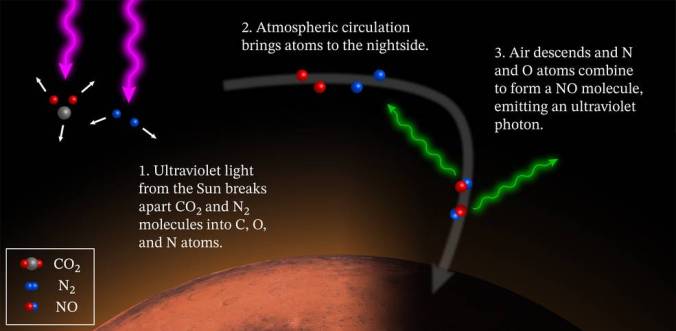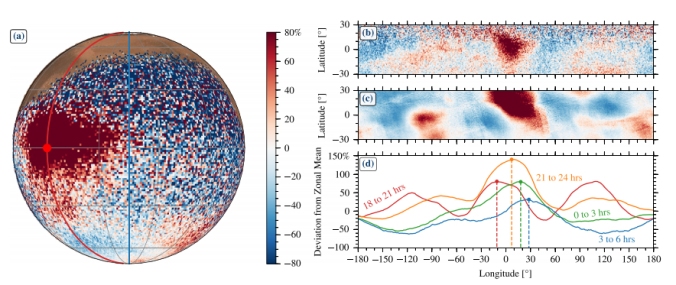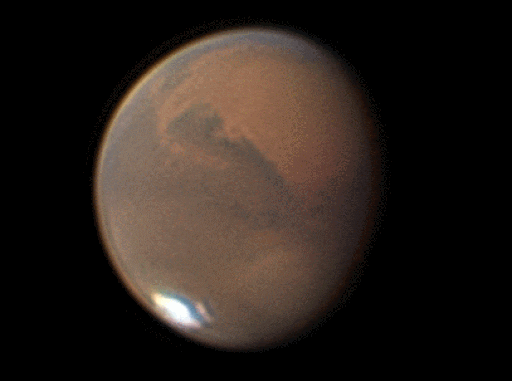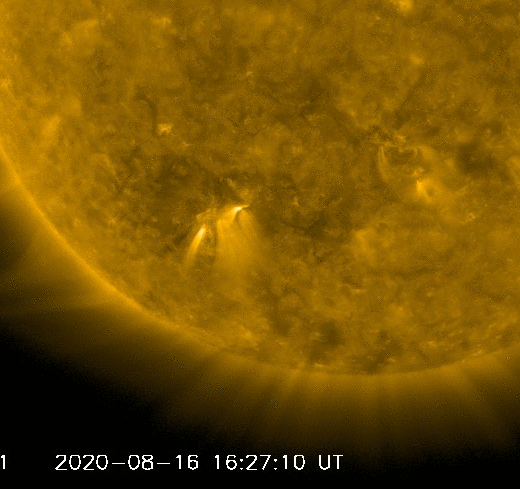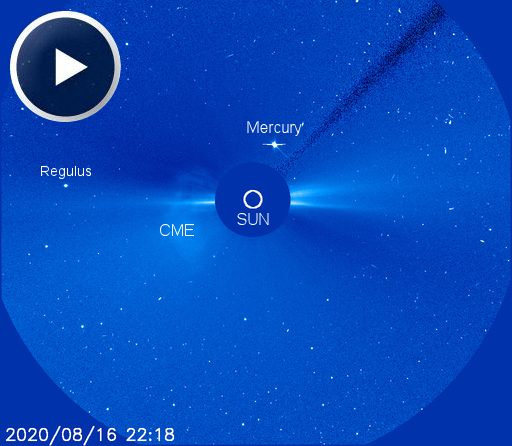Sept. 1, 2020: On Sept. 1st, 1859, the most ferocious solar storm in recorded history engulfed our planet. “The Carrington Event,” named after British scientist Richard Carrington who witnessed the instigating solar flare, sparked auroras from Cuba to Hawaii, set fire to telegraph stations, and wrote itself into history books as the Biggest. Solar. Storm. Ever.
But, sometimes, what you read in history books is wrong.
“The Carrington Event was not unique,” says Hisashi Hayakawa of Japan’s Nagoya University, whose recent study of solar storms has uncovered other events of comparable intensity. “While the Carrington Event has long been considered a once‐in‐a‐century catastrophe, historical observations warn us that this may be something that occurs much more frequently.”
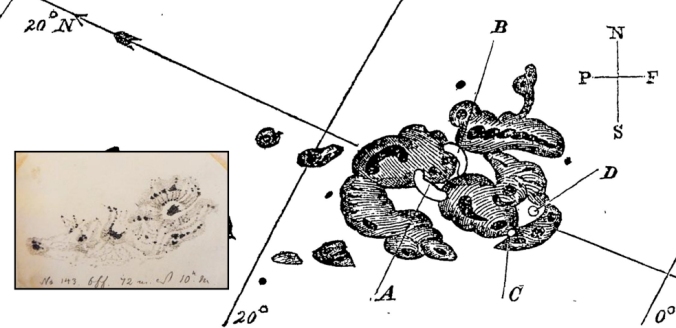
Drawings of the Carrington sunspot by Richard Carrington on Sept. 1, 1859, and (inset) Heinrich Schwabe on Aug. 27, 1859. [Ref]
Many previous studies of solar superstorms leaned heavily on Western Hemisphere accounts, omitting data from the Eastern Hemisphere. This skewed perceptions of the Carrington Event, highlighting its importance while causing other superstorms to be overlooked.
A good example is the great storm of mid-September 1770, when extremely bright red auroras blanketed Japan and parts of China. Captain Cook himself saw the display from near Timor Island, south of Indonesia. Hayakawa and colleagues recently found drawings of the instigating sunspot, and it is twice the size of the Carrington sunspot group. Paintings, dairy entries, and other newfound records, especially from China, depict some of the lowest-latitude auroras ever, spread over a period of 9 days.
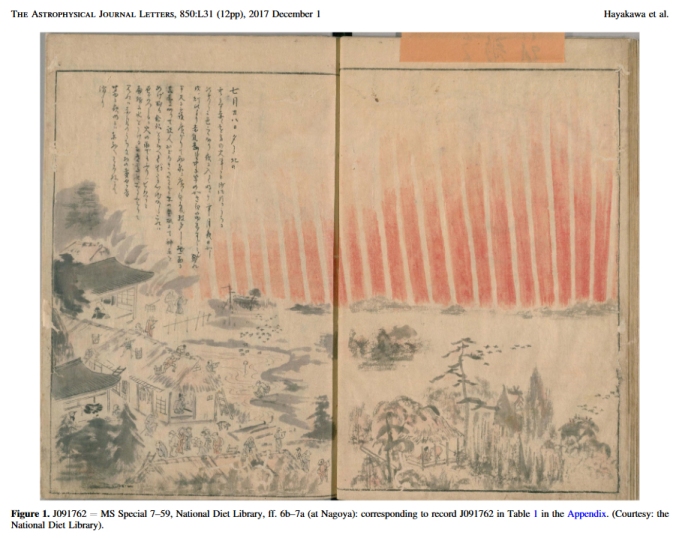
An eyewitness sketch of red auroras over Japan in mid-September 1770. [Ref]
Hayakawa’s team has delved into the history of other storms as well, examining Japanese diaries, Chinese and Korean government records, archives of the Russian Central Observatory, and log-books from ships at sea–all helping to form a more complete picture of events.
They found that superstorms in February 1872 and May 1921 were also comparable to the Carrington Event, with similar magnetic amplitudes and widespread auroras. Two more storms are nipping at Carrington’s heels: The Quebec Blackout of March 13, 1989, and an unnamed storm on Sept. 25, 1909, were only a factor of ~2 less intense. (Check Table 1 of Hayakawa et al‘s 2019 paper for details.)

Oriental reports of a giant naked-eye sunspot group (left) and auroras (right) in Feb. 1872. [Ref]
Are we overdue for another Carrington Event? Maybe. In fact, we might have just missed one.
In July 2012, NASA and European spacecraft watched an extreme solar storm erupt from the sun and narrowly miss Earth. “If it had hit, we would still be picking up the pieces,” announced Daniel Baker of the University of Colorado at a NOAA Space Weather Workshop 2 years later. “It might have been stronger than the Carrington Event itself.”
History books, let the re-write begin.

